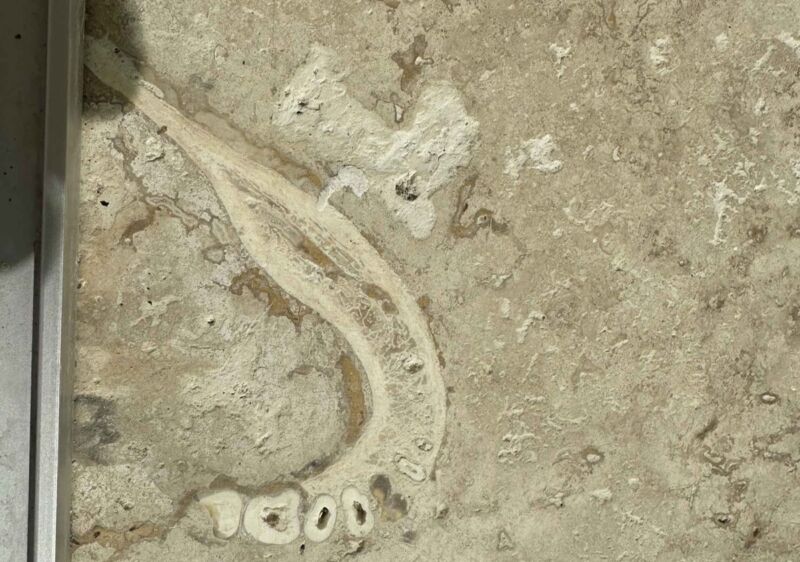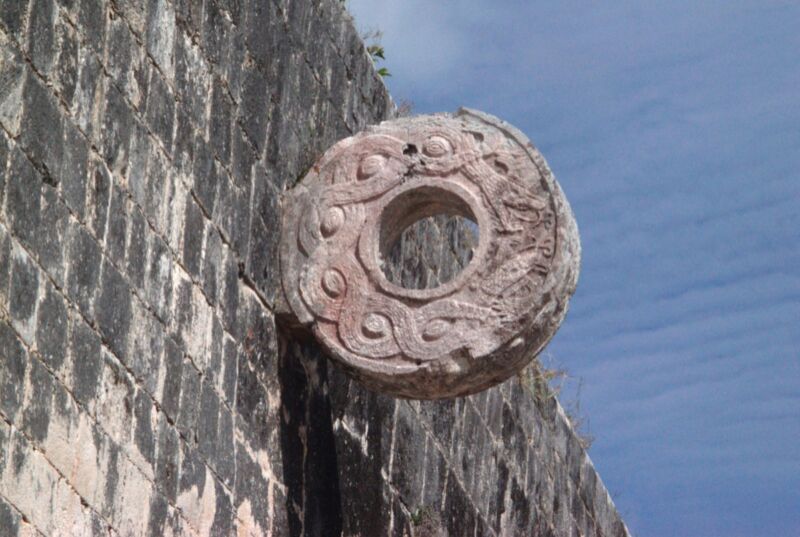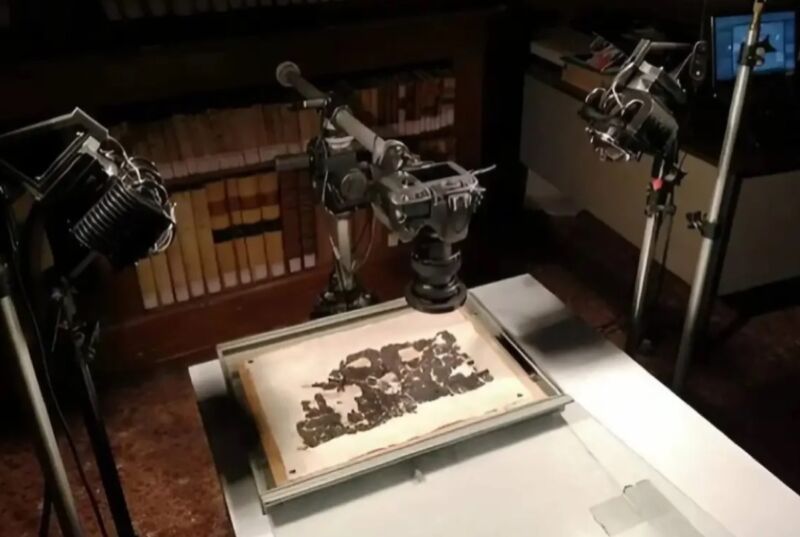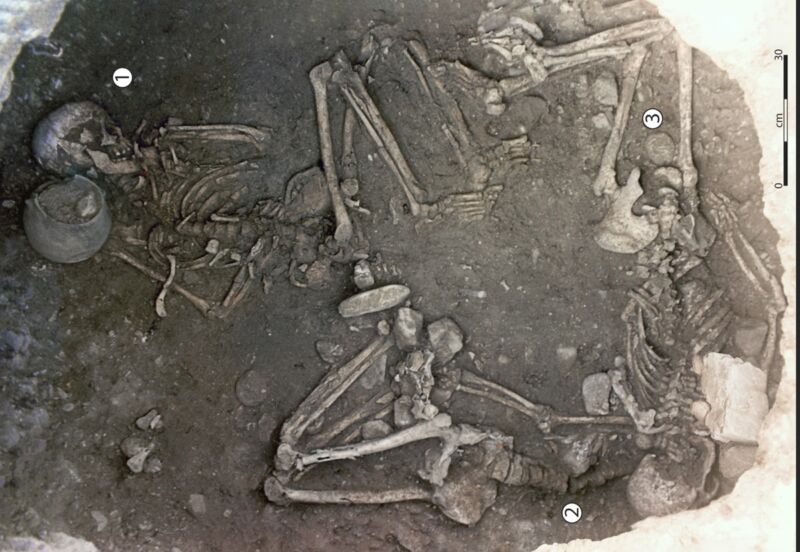
Enlarge
/
Reddit user Kidipadeli75 spotted a fossilized hominin jawbone in his parents' new travertine kitchen tile. (credit: Reddit user Kidipadeli75)
Ah, Reddit! It's a constant source of amazing stories that sound too good to be true... and yet! The latest example
comes to us
from a user named Kidipadeli75, a dentist who visited his parents after the latter's kitchen renovation and noticed what appeared to be a human-like jawbone embedded in the new travertine tile. Naturally, he posted a photograph to Reddit seeking advice and input. And Reddit was happy to oblige.
User MAJOR_Blarg, for instance, is a dentist "with forensic odontology training" and offered the following:
While all old-world monkeys, apes, and hominids share the same dental formula, 2-1-2-3, and the individual molars and premolars can look similar, the specific spacing in the mandible itself is very specifically and characteristically human, or at least related and very recent hominid relative/ancestor. Most likely human given the success of the proliferation of H.s. and the (relatively) rapid formation of travertine.
Against modern Homo sapiens, which may not be entirely relevant, the morphology of the mandible is likely not northern European, but more similar to African, middle Eastern, mainland Asian.
Another user, deamatrona, who claims to hold an anthropology degree, also thought the dentition looked Asiatic, "which could be a significant find." The thread also drew the attention of
John Hawks
, an anthropologist at the University of Wisconsin–Madison and longtime science blogger who
provided some valuable context
on his own website. (Hawks has been involved with the team that
discovered
Homo naledi
at the Rising Star cave system in 2013.)
chevron_right






